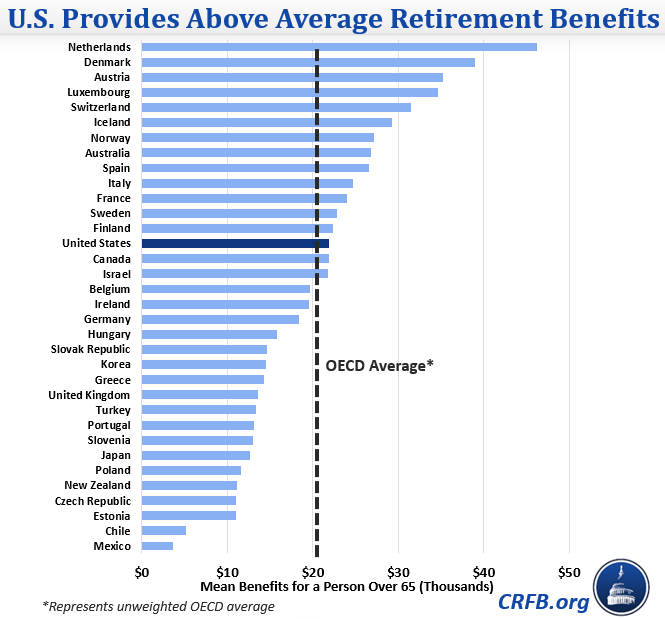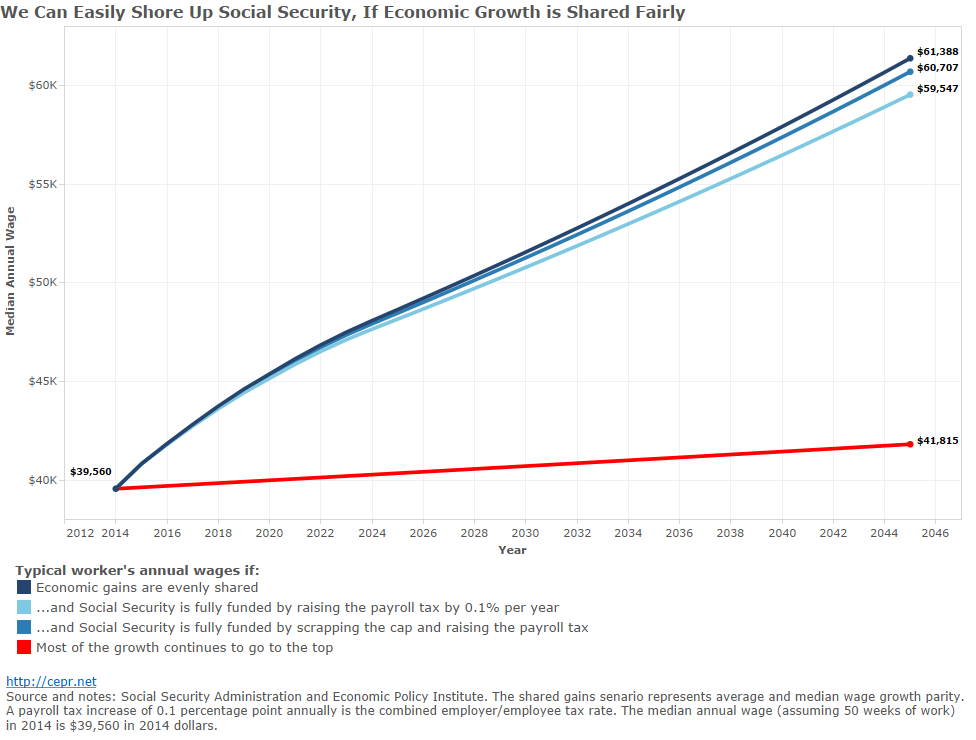"IRA Withdrawals in 2013 and Longitudinal Results 2010-2013"
EBRI Notes, Vol. 36, No. 7 (July 2015)
CRAIG COPELAND, Employee Benefit Research Institute (EBRI)
Email: COPELAND@EBRI.ORG
The Employee Benefit Research Institute (EBRI) developed the EBRI IRA Database, which includes a wealth of data both by calendar year and longitudinally on IRAs, including withdrawals or distributions, allowing for the examination of IRA asset holdings both at a point in time and as the individual ages and either changes jobs or retires. The EBRI IRA Database is an ongoing project that collects data from multiple IRA-plan administrators. For year-end 2013, it contains information on 25.8 million accounts owned by 20.6 million unique individuals, with total assets of $2.46 trillion. This paper examines the percentage of Traditional- and Roth-IRA owners in the EBRI IRA Database that made a withdrawal in 2013. In this study on withdrawals, only those individuals owning either Traditional or Roth IRAs in the database are examined, a total of 16.9 million individuals with $2.14 trillion in assets. In addition, the amount and the proportion of the account this withdrawal represents are investigated, by IRA type and account balance, as well as by the gender and age of the account owner. Furthermore, this withdrawal activity is examined longitudinally over the years 2010-2013, with a particular focus on owners ages 70 or older (the point at which IRA rules on required minimum distributions become effective) in 2010. Just over 22 percent of individuals who owned a Traditional or Roth IRA took a withdrawal in 2013. The overall IRA withdrawal percentage was largely driven by activity among individuals ages 70-1/2 or older owning a Traditional IRA -- the group required to make withdrawals under federal required minimum distribution (RMD) rules for IRA owners beyond that age. In contrast, among individuals under age 60, 10 percent or fewer had a withdrawal. For those at the RMD age, the withdrawal rates at the median appeared close to the amount that was required to be withdrawn, though some were significantly more. For instance, looking at the consistent sample in the EBRI IRA Database, approximately 25 percent of those 71 or older took a withdrawal amount in excess of that required by law for Traditional IRAs. Among those ages 70 or older, withdrawal rates over a four-year period showed that most individuals were withdrawing at a rate that was likely to be able to sustain some level of post-retirement income from IRAs as the individual continued to age. Further study is needed to see if these individuals are maintaining those withdrawal rates over longer periods of time.
The PDF for the above title, published in the July 2015 issue of EBRI Notes, also contains the full text of another July 2015 EBRI Notes article abstracted on SSRN: “Satisfaction With Health Coverage and Care: Findings from the 2014 EBRI/Greenwald & Associates Consumer Engagement in Health Care Survey.”
"The Relationship between Automatic Enrollment and DC Plan Contributions: Evidence from a National Survey of Older Workers"
Boston College Center for Retirement Research Working Paper No. 2015-14
BARBARA A. BUTRICA, The Urban Institute
Email: bbutrica@ui.urban.org
NADIA S. KARAMCHEVA, Urban Institute, Boston College - Center for Retirement Research
Email: karamcheva@gmail.com
Automatic enrollment has been widely embraced for raising employee participation in 401(k) plans. However, the empirical evidence is based on data with limitations that, up until now, have prevented researchers from extrapolating the effects of automatic enrollment to the broader population of workers. This paper reexamines the determinants of 401(k) participation and contributions in the presence of automatic enrollment using nationally representative data from the Health and Retirement Study (HRS) for 2006 through 2012. The results confirm previous findings that automatic enrollment is associated with a higher proportion of workers included in DC plans; however, automatically enrolled workers are less likely to contribute to their DC plans than voluntarily enrolled workers. Auto enrollment is also associated with lower employee contribution amounts and rates. However, the employers of auto-enrolled workers are more likely to contribute to their employees’ accounts than are the employers of voluntarily enrolled workers. Additionally, employer contribution amounts and rates are higher among workers who are automatically enrolled. Even so, the combined effect is that the retirement accounts of automatically enrolled older workers receive, on average, $900 less in combined annual contributions and have contribution rates that are 1.6 percentage points lower than those of voluntarily enrolled workers.
The paper found that: Automatic enrollment is associated with a higher probability of being included in a DC plan. On average, workers who are automatically enrolled in a DC plan tend to be less likely to contribute positive amounts than those who opt in. However, the employers of automatically enrolled workers are more likely to make contributions and to contribute, on average, higher amounts and a higher percentage of their employees’ earnings. The correlation between automatic enrollment and combined (employer and employee) contribution amounts and contribution rates, however, is still negative, despite controlling for a range of factors.
The policy implications of the findings are: Auto enrollment could do a better job of boosting overall contribution levels among participants. Possible ways to achieve this might be by offering a more generous employer match and by using auto escalation. More research and better data are needed to assess the potential impact on retirement plan contributions of implementing automatic enrollment features in DC plans on a national scale.
"Will the Average Retirement Age Continue to Increase?"
Boston College Center for Retirement Research Working Paper No. 2015-16
MATTHEW S. RUTLEDGE, Boston College, Center for Retirement Research
Email: rutledma@umich.edu
CHRISTOPHER M. GILLIS, Boston College, Center for Retirement Research
Email: gillisch@bc.edu
ANTHONY WEBB, Boston College - Center for Retirement Research
Email: webbaa@bc.edu
Using Health and Retirement Study (HRS) data, this paper examines how changes in individual workers’ past and present pension coverage, retirement incentives in Social Security, and retiree health insurance have contributed to retirement decisions for the 1931-1953 birth cohorts. It then uses these findings to project retirement behavior for the 1955-1987 cohorts in the Survey of Income and Program Participation (SIPP). A key assumption is that younger cohorts will have no defined benefit (DB) pensions or retiree health coverage in their future jobs. A key limitation is the assumption of a stable relationship in each successive cohort between each factor and labor market decisions.
The paper found that: The decrease in DB pension coverage from previous jobs and the decline in retiree health coverage between the HRS and SIPP cohorts each push the retirement age up by approximately one year, all else equal. The one-year increase in Social Security’s Full Retirement Age is associated with a 0.3-year increase in the retirement age, all else equal. After accounting for other differences between the HRS and SIPP cohorts, the average retirement age is projected to rise by one year over the next three decades, from age 61.8 to 62.8.
The policy implications of the findings are: We anticipate that changes in pensions, retiree health benefits, and Social Security that are already in motion will continue to increase, albeit slightly, the average retirement age. Nonetheless, policies aimed at extending retirement ages may still be necessary, given that a one-year retirement age increase is likely to be insufficient to permit future cohorts to achieve a sufficient standard of living.
"The Challenge of Pension Reform in Georgia: Non-Contributory Pensions and Elderly Poverty"
Boston College Center for Retirement Research Working Paper No. 2015-18
TAMILA NUTSUBIDZE, Boston College, Center for Retirement Research
Email: tnutsubidze@gmail.com
KHATUNA NUTSUBIDZE, Saint Petersburg State University
Email: knutsubidze@gmail.com
Georgia, a country characterized by an aging population with a high incidence of poverty and limited public financial resources, offers virtually complete non-contributory basic pension coverage. The basic pension has, to date, proved effective in dealing with poverty arising from political instability, military conflicts, economic deterioration, transition to a market economy, emigration of its younger population, and aging. But Georgia’s fiscal constraints and aging population also highlight the importance of developing and improving the pension system, in order to ensure its sustainability.
Since 2012 the Georgian government has put forth a systemic reform proposal – a compulsory pension insurance – including the implementation of contributory pension schemes to supplement the basic non-contributory pension. While the proposal is a promising start, it alone would not be enough to ensure that the government’s fiscal burden remains reasonable, while maintaining the basic pension system’s long-term adequacy and flexibility to adapt to the evolving demographic environment. This paper presents policy reform choices, which suggest that, in Georgia, pension reform might also include increasing statutory retirement ages and reducing the generosity of benefits through means testing. These policy reform options would involve difficult tradeoffs, which are also described in this paper.
Although the paper focuses on the Georgian non-contributory basic pension, its poverty reduction effect and policy reform options, the case of the Georgian non-contributory basic pension might hold value for some low- and middle-income countries that are considering implementation or expanding coverage of non-contributory pensions.
"The Effect of Housing Wealth Shocks on Work and Retirement Decisions"
JACLENE BEGLEY, Ryerson University
Email: jbegley@nyu.edu
SEWIN CHAN, New York University (NYU) - Robert F. Wagner Graduate School of Public Service
Email: SEWIN.CHAN@NYU.EDU
We exploit the large geographic variation in the magnitude and timing of the 2000s housing boom and bust to explore the relationship between unanticipated changes in housing wealth and retirement behavior. Using data from the Health and Retirement Study, 2000 to 2010, we calculate unanticipated zip code-level shocks to home values and find evidence that they are incorporated into decisions on retirement, retirement reversals, and the claiming of Social Security benefits. Women experiencing large negative housing price shocks are 25% less likely to retire relative to those experiencing positive shocks. We find no such effect for men. Already retired homeowners are 50% more likely to reenter the workforce or increase their hours when they experience more negative housing shocks. Regardless of the direction or magnitude of any housing market shock, homeowners with mortgages are less likely to retire (if not yet retired) or reverse retirement (if already retired). We also find that homeowners experiencing more negative housing shocks delay initial receipt of Social Security benefits. This is especially true for men.
"Tactical Asset Allocation for U.S. Pension Investors: How Tactical Should the Plan Be?"
DAVID A. LOUTON, Bryant University - Department of Finance
Email: DLOUTON@BRYANT.EDU
JOSEPH MCCARTHY, Bryant University
Email: mccarthy@bryant.edu
STEPHEN RUSH, University of Connecticut - Department of Finance
Email: stephen.r.rush@gmail.com
HAKAN SARAOGLU, Bryant University - Department of Finance
Email: saraoglu@bryant.edu
OGNJEN SOSA, Fidelity Investments
Email: ognjen.sosa@fmr.com
Following the recession in the early 2000s, U.S. corporate and public defined benefit (DB) plans faced unprecedented uncertainty with respect to their funding requirements going forward. Just as capital market performance started helping plan sponsors improve the health of their DB plans, the financial crisis of 2007-2009 delivered another serious blow. Consequently, plan sponsors turned their focus on improving their risk management practices and determining whether asset managers with proven track records should be given more broadly defined mandates, specifically designed to allow for more effective navigation in more volatile markets. Tactical asset allocation strategies seek to add value by deviating from a plan’s policy mix based on the manager’s view on the attractiveness of various asset classes, regions and sectors within the investment opportunity set. Although tactical asset allocation can add value to a portfolio, manager skill and risk taking are required to achieve reasonable risk adjusted performance. The timing and magnitude of shifts from the policy mix can have a significant impact on the portfolio outcomes. Therefore, it is essential for investors to assess the appropriate role of tactical asset allocation in their portfolio management process and evaluate the risk-return tradeoff of tactical deviations from policy. Our study uses a sample of historical returns from the global financial markets and simulation methodology to investigate the relationship of tactical band size and rebalancing practices to various measures of portfolio performance. The results show that providing investment managers with limited flexibility in making asset allocation decisions may allow DB plans to weather down markets better. For DB plan sponsors who are considering giving managers less constrained mandates, manager skill in adding value through tactical asset allocation decisions should be considered.
Read more!










